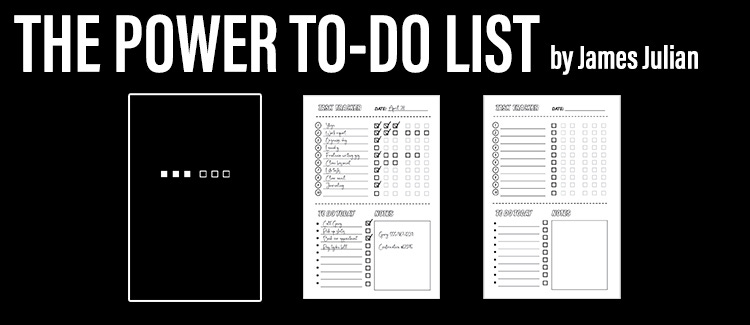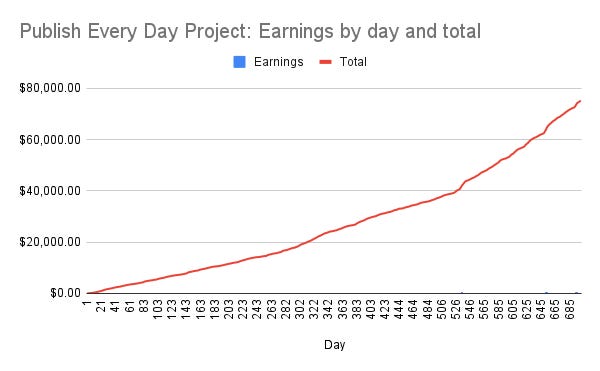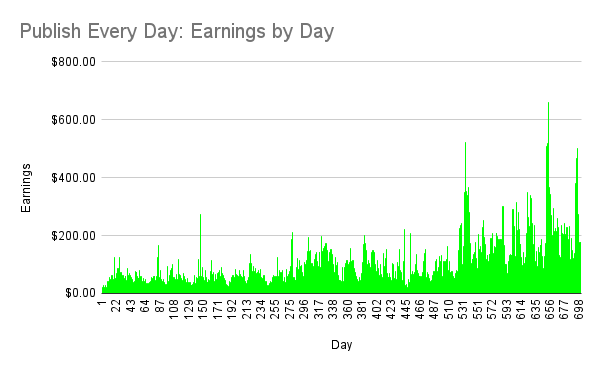1 secret, underrated path to a truly joyful life: Harvard happiness prof
I’m not exaggerating when I say I spent most of my life in complete misery.
Family life was fraught at times growing up, and only really improved after I moved away.
In school, I was bullied mercilessly for having the audacity to remain best friends with someone who came out of the closet (not everything was great about the 90s).
And as an ADHD introvert, I struggled socially to begin with.
That introversion, coupled with the novelty-seeking behavior of an ADHD mind, makes me especially susceptible to alcohol addiction … which I fell into the clutches of for a good 15 years after battling depression in my mid-20s.
In summary, for most of my life, I felt like I wasn’t built for this world.
I lurched into my early 40s in the throes of a major midlife crisis until, suddenly, a little lightbulb went off in my head.
And that flash of clarity prompted me to make one simple change that has completely turned my life around and turned me into something I never believed I could be … a happy person.
So I was interested to learn this week that one Harvard professor who teaches on the very topic of happiness recommends a similar approach to life that I stumbled on accidentally.

Risky not to
Social scientist and Harvard University professor Arthur Brooks teaches a course on happiness and is also the author of a new book called, appropriately, “The Happiness Files” (affiliate link here if you want to check it out).
According to Brooks, there’s one simple trick you can use to supercharge your odds of success and contentment: act like an entrepreneur.
Before you click away … that doesn’t mean you need to start a business.
But you would do well to embrace the practice of taking calculated risks and treating every aspect of your life like a startup.
“‘If you treat your life the way a great entrepreneur treats an exciting startup enterprise, your life will be happier, more meaningful, and more successful than it otherwise would be,’ writes Brooks.
“Starting a new business is inherently risky, and many end up failing.
“But the courage and confidence you need to launch a new venture can also result in financial reward, greater control in your career and overall fulfillment if it’s successful, Brooks notes.
“The same logic applies outside of entrepreneurship, he writes: People must be ‘willing to take and manage appropriate risks in an effort to build a life of outsized rewards.’”
What does that look like for me?
Well, after pissing away 15 years on woulda-shoulda-couldas while drinking myself into a stupor on an almost daily basis, I finally decided to stop hiding from my true calling.
I was 40 years old and staring down the barrel of 25 more years of soul-destroying work and wasted potential.
My lifelong dream had always been to start a business that was so successful I could walk away from commuter life for good (if I so chose), and I could no longer bear the thought of dying without having given it an honest go.
So I committed to quit drinking and start building.
What was the worst that could happen?
Well, I could waste time … maybe a lot of time
I could lose a small amount of money for startup costs
The most difficult: I needed energy and time, so I’d I would have to toughen up and learn how to get through my evenings without drugging myself
But for me, the risk-reward was finally too high to pass on.
If I didn’t make a go of it, I’d spend the second half of my life in misery, too.
It’s a little over three years later, and on many days, I make more money from my side business than from my day job.
Theoretically, I could walk away from commuter life and be just fine.
And that feels good.
It has given me the self-respect and autonomy that I always knew I needed.
My path is not for everyone.
You have to weigh the risk-reward of everything in your life and decide which might give you outsized returns.
Is it running a marathon? Learning to paint? Buying your first home?
Again, you don’t necessarily need to start a business to be happy.
But being an entrepreneur does require you to do the two things that I believe set the true foundation of lifelong happiness.
Let me tell you about my two Golden Rules of Happiness now.

Two golden rules for a happy life
It’s crazy how fast time goes the older you get.
In prepping this piece, I had to track down an old story I’d written that I assumed was about a year old.
Nope, publication date: two and a half years ago.
I was still coming out of my early-life fog when I wrote it, but I was fairly confident I’d actually figured out the secret to happiness and was on the right path.
Here’s what I wrote in one of the most lightly read but important pieces I’ve ever put out, titled “These 2 positive activities can end your depressing mid-life crisis now”:
“What I’ve learned from people doing retirement right is that they aren’t on computers or in front of the TV.
“They’re out hiking or playing pickleball or hitting the gym in a way that’s appropriate for their age.
“And they’re creating something.
“Many choose writing and share their thoughts here. Others paint. Others do consulting work as a business.
“Their happiness, and the happiness I’ve found at a time when I should be deep into my own mid-life crisis, comes down to two things.
“In my experience, the two-part solution is:
MOVE
CREATE
“The first one is the easy part, but I can tell you from personal experience: it won’t work without the second.
“You may feel fit, but you will not feel fulfilled.
“What can you create?
“What can you write, draw, dance, paint, build?
“These kinds of activities have been so devalued by our society it makes me sick.
“Could your creative pursuit be starting your own business? Developing a charity organization that helps people in your community? Learning a language so you can better communicate with people at your next travel destination? Building luxury birdhouses to sell? Fixing old cars and flipping them?
“My point is, it has to be something.
“Netflix isn’t a raison d’etre.”
Two years after posting that, I can confirm my theory was true.
If you can stay in motion physically and creatively, you’ll suddenly find you have a purpose again … and you’ll be too busy to be depressed.
1 warning
There’s one more secret I’ll let you in on that I’ve only discovered in the last month or so.
The one big danger of treating your life like a startup is that you may feel obligated to act like a founder all the time.
You may try to take on too much in too little time and just wind up frustrated.
In that scenario, you might be tempted to just quit and go back to sleepwalking through life.
It’s an easy trap to fall into.
I’ve done it many times.
I’m very much a pedal-down kind of person … if I’m going to do something, I want to do it to the max, and I get annoyed with anyone or anything that stands in my way.
This isn’t healthy.
In fact, it’s totally counterproductive.
The key, in my opinion, is to not only find the right physical and creative pursuits for you, but also to establish a SUSTAINABLE pace that fits into your life.
Let me give you a real-life example.
A few months ago, I decided to try an experiment.
Using a productivity tool that I created for myself (you can try it here using my affiliate link if you like), I decided to try a day-on, day-off style approach to my goals.
One day, I would dedicate 3 hours to physical fitness. The next day, I would dedicate 3 hours to my business and creative pursuits. And I’d go on flip-flopping like that.
But you know what? Three hours is a lot of time!
And while I’d hit the target often, life (and sometimes boredom) would frequently intervene.
Instead, using my Power To-Do list, I’d block out 20 minutes per day for up to 10 activities.
And you know what?
I’m getting a heckuva lot more done by making small commitments than I ever did with massive ones.
At the end of the day, all you need is a good process and a little bit of progress every day.
It doesn’t really matter how much.
As long as you turn the screw a little bit, you’ll feel satisfied that you achieved something.
Just think: If you can manage 20 minutes per day on each of 5 different priorities, for example, you’ll make 10 hours of progress on each of them every single month.
And before long, you’ll have built enough momentum to capture every founder’s dream: happiness, success, and explosive growth.
You might even discover that you’re suddenly … happy.
Publish Every Day project update: 701
I’m trying to see if I can make enough money to quit commuter life by publishing every day on various platforms and putting my earnings into passive income investments.
How much I need to retire: $250 CAD per day
What I earned this week (daily average): $241.42 (Medium) + $0.19 (YouTube) + $0.05 (Stock dividends) = $241.66 average
What I’ve published recently
Medium:
Substack:
YouTube:
Make a difference today
Hey pals, did you know my posts take a minimum of 1-3 hours to compile?
Do you enjoy my work here and want me to do more?
Join an exclusive group of people who support me directly by making a small but mighty contribution - and get something awesome and valuable in return!:
Become a paid member of this newsletter and get exclusive Medium earnings and training posts like this
Buy The Power To-Do List, my cheap, mega-effective productivity tool for scattered minds like mine (I use it every day)

Thanks as always for reading!



